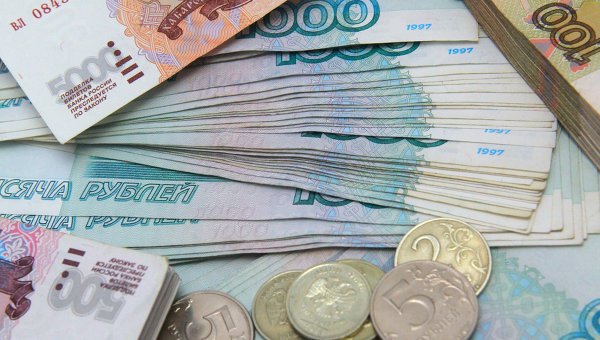The Russian ruble has regained some ground from yesterday’s all-time low, although trading remains edgy and volatile.
The currency opened 4% lower on December 17, but then edged up. By early afternoon, one US dollar bought 68 rubles, far fewer than the record low of 79 on December 16.
The ruble has been hit by worries over the Russian economy, which has been affected by cheaper oil and sanctions.
Russia’s Finance Ministry said the currency was “undervalued” and that it was intervening in the market.
It also gave details of the amount it spent on such action, saying it had spent almost $2 billion on December 15 in an attempt to stop the ruble sliding.
Deputy finance minister Alexei Moiseyev said Russia was going to sell foreign currency from its treasury accounts “as much as necessary and as long as necessary”.
The drastic 6.5 percentage point rise in Russian interest rates to 17% early on December 16 failed to halt the slide in the currency.
The rate rise, which was meant to strengthen the ruble, helped it to hit 58 to the dollar early on Tuesday but the rate then collapsed to a record low of 79.
There is not much more Russia can do to prop up its currency, which has only been allowed to move in line with the world’s currency markets in the past year.
Capital controls, where money is restricted from moving out of the country, are the main, final option.
Russian PM Dmitry Medvedev ruled that out. Speaking at an emergency meeting of ministers and industry leaders, he said he was confident that Moscow could contain the crisis: “Central bank and the government have worked out a package of measures to stabilize the situation. What we are seeing today is mainly emotional games.
“It is in our interests to bring order to the markets, no one gains from instability. But at the same time, there is no need for tough regulations, as used to happen in the past. It does not bring anything good – we shall use market tools.”
The ruble has lost more than half its value against the dollar this year, hit by Western sanctions and the fall in the oil price which have both weakened the Russian economy.
Russia’s economy is expected to shrink next year, although the amount by which it does is closely linked to the price of oil, with the economy rising or falling in line with that.
[youtube Ur2tidtKtKU 650]
